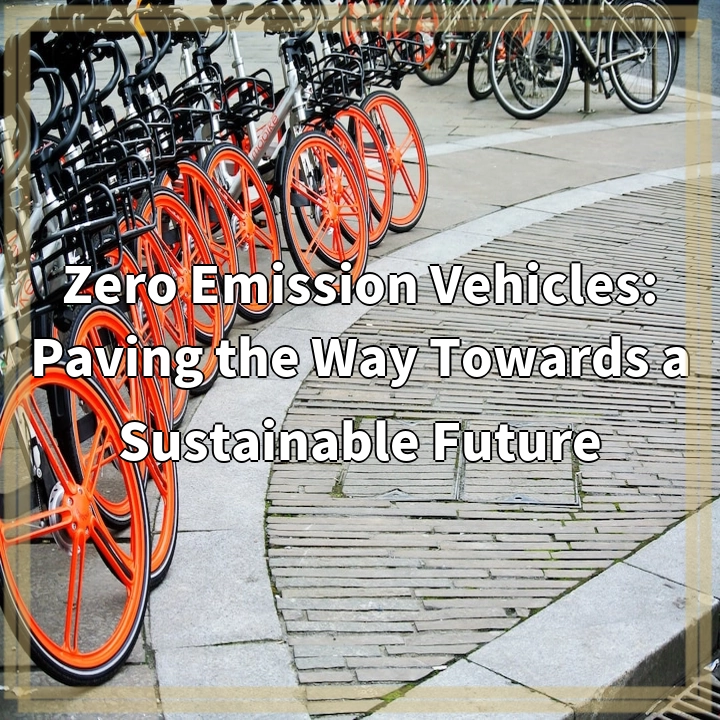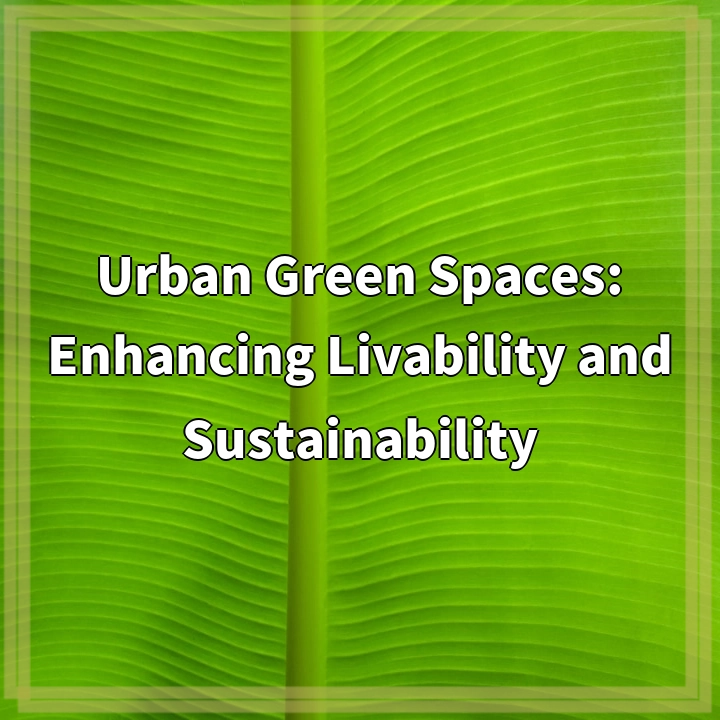
What are Zero Emission Vehicles?
Zero Emission Vehicles (ZEVs) are a promising solution for mitigating the environmental impact of transportation. Unlike conventional vehicles that rely on fossil fuels, ZEVs produce no tailpipe emissions, making them an eco-friendly alternative. These vehicles use electric power to propel themselves, either through fully electric batteries or hydrogen fuel cells.
The Real-World Problems
Despite their potential, ZEVs face a range of challenges in their widespread adoption. These include:
1. Limited Infrastructure
One of the major obstacles to the proliferation of ZEVs is the lack of charging or refueling infrastructure. Without an extensive network of charging stations or hydrogen refueling stations, users may find it inconvenient to own or operate these vehicles, leading to concerns about range anxiety.
2. High Purchase Costs
ZEVs, especially electric vehicles (EVs), tend to have higher upfront costs compared to conventional vehicles. This price disparity is primarily due to the expensive battery technology used in EVs. While the long-term savings on fuel costs and maintenance can offset this initial expense, the upfront cost can be a deterrent for many potential buyers.
3. Limited Vehicle Options
Currently, the market for ZEVs is still developing, and the variety of available models may be limited compared to conventional vehicles. This lack of choice may make it difficult for consumers to find a ZEV that suits their specific needs, limiting their willingness to make the switch.
4. Charging Time and Range
The time required to charge ZEVs can be significantly longer than refueling conventional vehicles. While electric charging infrastructure improves over time, factors such as limited charging power and longer charging durations can present challenges for ZEV users, especially on long trips. The limited range of fully electric vehicles can also be a deterrent for those who regularly drive long distances.

Solutions for Zero Emission Vehicles
1. Infrastructure Expansion
One of the main solutions to promote the adoption of ZEVs is to invest in the expansion of charging and refueling infrastructure. Governments, private companies, and communities can work together to build a robust network of easily accessible charging stations and hydrogen refueling stations. This would alleviate concerns about limited infrastructure and range anxiety, encouraging more individuals to transition to ZEVs.
2. Financial Incentives
To overcome the higher upfront costs of ZEVs, governments can provide financial incentives such as tax credits, rebates, or subsidies. These incentives can make ZEVs more affordable and attractive to potential buyers, stimulating demand and accelerating their market penetration.
3. Technological Advancements
Ongoing research and development efforts should focus on improving battery technology for electric vehicles, aiming to reduce manufacturing costs, increase energy density, and shorten charging times. Advancements in hydrogen fuel cell technology can also help address the limitations of ZEVs, offering longer driving ranges and faster refueling times.
4. Diversifying Vehicle Options
Automakers should continue expanding their ZEV offerings to provide consumers with a wider range of options. This involves developing electric cars, hydrogen fuel cell vehicles, and hybrid models across various vehicle types, from sedans to SUVs. Increasing the diversity of ZEV options allows consumers to choose vehicles that meet their specific needs and preferences.















